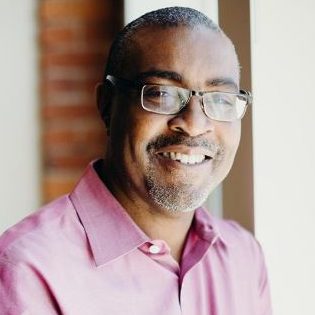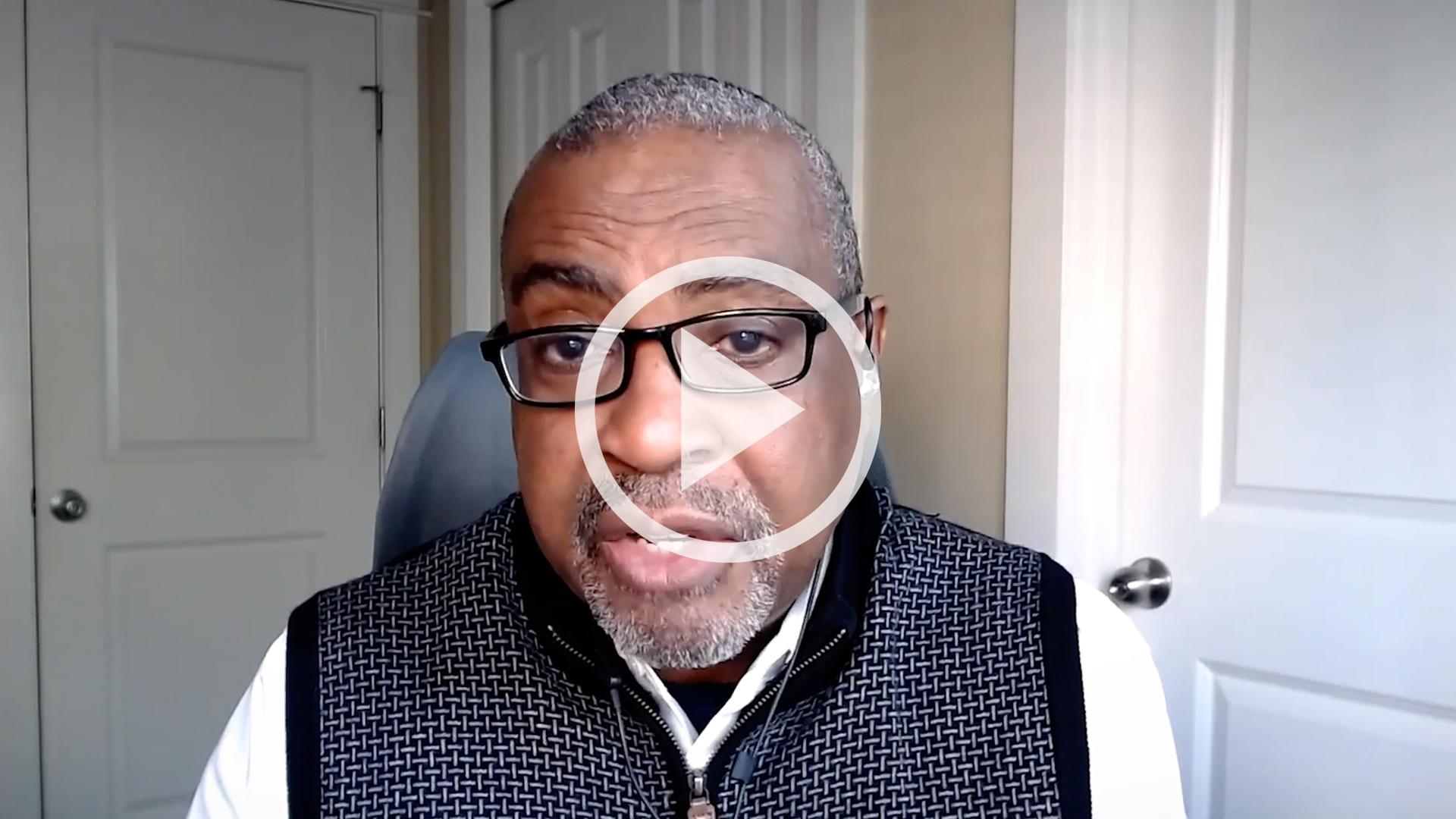Watch the video above or read the transcript below:
Who Is Your Neighbor?
A few weeks ago, at 7:48 in the evening, I received a text that caught me off guard:
“Hi Derek, sorry to bother you, but I’m not feeling well. I’m sitting on your neighbor’s steps to the right. Would you walk me home?”
The message was from our neighbor Sadie, an older woman who lives just around the corner. Over time, we had become casually acquainted— thanks to my wife, who walks her dog and visits with her regularly. Sadie lives alone and is battling cancer, and my wife has made it a point to be present for her in small but meaningful ways.
That evening, though, my wife was out of town—I had just dropped her off at the airport—and I was expecting a quiet, uneventful night. Instead, I rushed outside to find our neighbor sitting on the steps in the dark, exhausted from her trip home from the hospital.
Sadie had just started a new treatment, and the effects were debilitating. Weak and nauseous, she’d made it only a block from the bus stop to our house before having to stop. I tried to help her to her feet, but she immediately doubled over, clutching the tree in front of my house, vomiting. Every few steps triggered another wave, and she needed to stop again and again to regain her strength.
At one point, I brought out a chair so she could sit on the sidewalk, but she insisted she needed to get home because her dog was waiting for her. I asked her repeatedly if I should call an ambulance for her but she said no. The short walk to her house—usually just a few minutes—was beginning to feel like a challenging journey.
As the situation unfolded, I became increasingly aware of the cars passing by. I couldn’t help but wonder what they thought of this odd scene: a Black man and an older white woman stumbling along the sidewalk. Truthfully, I felt uneasy.
As a Black man in a predominantly white neighborhood, this didn’t feel safe for me. I was raised to avoid situations like this—ones that could easily be misinterpreted. A part of me wanted to call an ambulance right then and step back, to let someone else take over. Another part of me felt frustrated—resentful, even—that I was in this position.
But as the minutes stretched into an hour, one question kept repeating in my mind:
“Who is your neighbor?”
And the answer was here in front of me.
Sadie is my neighbor.
It is amazing how much care and love you can gain for someone when you enter into their pain and allow yourself to know their struggle.
This whole experience with Sadie of getting her back settled in her home was three hours of what normally would have been less than a 5 minute walk, and it profoundly impacted me. I was being invited, in that moment with her, not just to be a neighbor but to become a neighbor.
The Gospel of Luke tells the story of Jesus sharing the parable of the Good Samaritan. It begins with a lawyer asking Jesus a profound question: “What must I do to inherit eternal life?”
Jesus, not fully trusting his sincerity, turns the question back on him: “What does the law say?”
The lawyer answers confidently: “You shall love the Lord your God with all your heart, with all your soul, with all your strength, and with all your mind; and your neighbor as yourself.”
Jesus responds. “Exactly. Do that, and you’ll live.”
But the lawyer pressed further, asking a provocative follow-up: “And who is my neighbor?”
When the lawyer asks, “Who is my neighbor?” he’s pressing Jesus to clarify something important: What are the limits of my moral and social obligations? In other words, he’s asking, Am I only responsible for people like me—those within my group, my community, my comfort zone? Or, Does my responsibility extend beyond those boundaries to include people I’d rather avoid?
It’s a question that cuts to the heart of how we draw lines around who matters and who doesn’t.
Jesus answers the lawyer with a parable.
A Jewish man is traveling when he’s attacked by robbers. They leave him beaten and suffering on the side of the road. Two men—a priest and a Levite—pass by without helping him. Finally, a Samaritan comes along. He sees the man, has compassion, and cares for him.
This part of the story would have been shocking for Jesus’ audience. Jews and Samaritans had a long-standing feud, deeply rooted in political and religious tension. They didn’t just dislike each other; they were enemies.
When Jesus finishes the story, he asks the lawyer, “Which of these three do you think was a neighbor to the man who was attacked?”
The lawyer answers, “The one who showed him mercy.”
And Jesus closes: “Go and do likewise.”
These days I find myself asking the question: how do I love someone who doesn’t really care for me or even wants my destruction? What limits can I have to protect myself?
Jesus’ response doesn’t just redefine who is my neighbor—he redefines what it means to belong to one another. He shifts the conversation from determining the limits of my obligation to embodying the agency of love, one that acts in the world to dismantle barriers and insists that we all are interconnected.
This response, for me, is a hard saying: “go and do it.” It’s not abstract. It’s not distancing. It’s not an idea. He’s saying do it.
I have decided the only way to hold on to this is an embodied conviction that love is the decisive force that transforms the story of humanity—from one of enslavement to one of redemption. This is a fierce loving, one that takes on fears with an unrelenting determination. A love that endures all, bears all, hopes all, and perseveres through the crushing weight of fear, self-loathing, and the fragmentation of shame. To hold an embodied conviction means this is not just mental assent, but something that shapes your choices, relationships, and presence. We must know this love ourselves to believe it is possible, that it has touched us in the midst of our fragmentation and shame—that it can give us a future and a hope. Without this embodied experience it is hard to believe or trust.
That night with my neighbor Sadie, I realized being a neighbor isn’t always convenient. And in these times it asks us to face fears we’d rather avoid, to press through discomforts, and to step into situations that hold risk. At times, it will even ask us to love those who were formerly our enemies, because in becoming a real neighbor, one doesn’t turn away – it asks us to love ferocity.
This fierce love brings us full circle to Jesus’s story of the Samaritan: to move toward our neighbor with compassion, even when it costs us, even when our fears threaten to hold us back. It is the love that sees the wounds of another and refuses to walk away, a love that understands our shared humanity and calls us to belong to one another. But it is more than just individual action—it is a communal response, a commitment to the restoration of all things. This love binds us together, heals what is fractured, and invites us into God’s grand story of redemption—a story where our neighbor or our enemy, their well-being is inseparable from our own, and where love transforms not just relationships, but our world itself. This is the love that restores, renews, and fiercely insists that we all belong. It is a love bigger than ourselves.
This love reminds us that God’s work is always about restoration through the sacrificial love-work of Christ. It’s not just about being helpful in a singular moment; it’s about participating in something bigger—the healing of relationships, communities, and even creation itself.
So, I’ll leave you with this question:
“Who is your neighbor?”
And when you find your answer, step toward them with courage, compassion, and a love that refuses to give up. Because that’s how we participate in God’s story of healing and renewal.
So, as Jesus says, “Go and do likewise.” Embrace the story that God intends.


